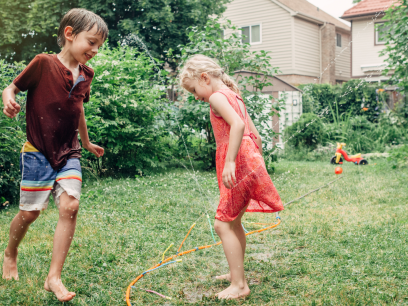
Although some may think lead poisoning is no longer common, at least 4 million households have children living in them that are exposed to high levels of lead. Approximately 500,000 US children ages one to five have blood lead levels above five micrograms per deciliter, which calls for strong public health action. However, it’s important to note that no safe blood lead level in children has been identified. This highlights the importance of preventing exposure to lead in the first place, before irreversible damage takes place.
In children, even low levels of lead in the blood can result in:
- behavioral and learning problems,
- lower IQ and hyperactivity,
- slowed growth,
- hearing problems, and
- anemia.
Educate yourself and your family and friends with the EPA’s Lead Poisoning Home Checklist to help determine if your family is at risk for lead poisoning. Promote awareness in your community or organization with Lead-Free Kids for a Healthy Future’s Partner Information Kit, offering information on lead poisoning and advice on reaching out in your community. Lower your chances of exposure to lead by having a safe, healthy diet, keeping your home clean, wiping and removing shoes after being outside, and making sure any renovations or home repairs are done by a lead-safe certified renovation contractor. Finally, if you think you or a loved one has been exposed to lead, contact your pediatrician, general physician, or local health agency about what you can do. For more information on lead exposure and poisoning, visit the CDC’s feature on preventing children’s exposure to lead and check out the EPA’s website to learn about lead.


